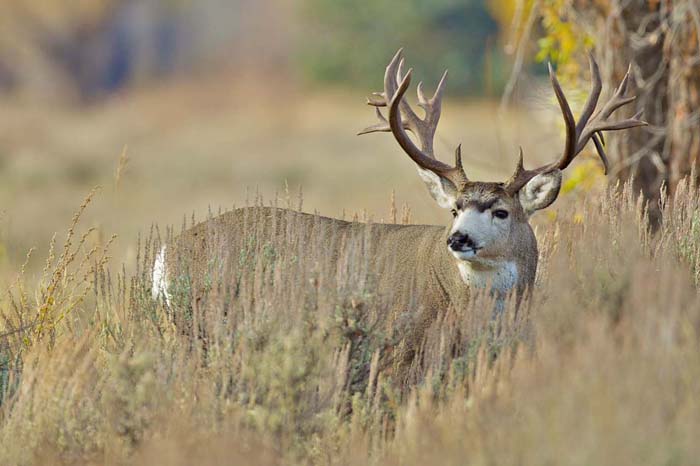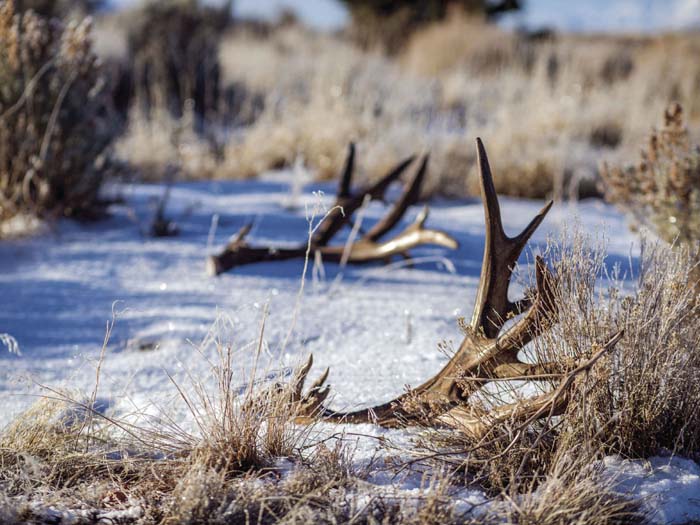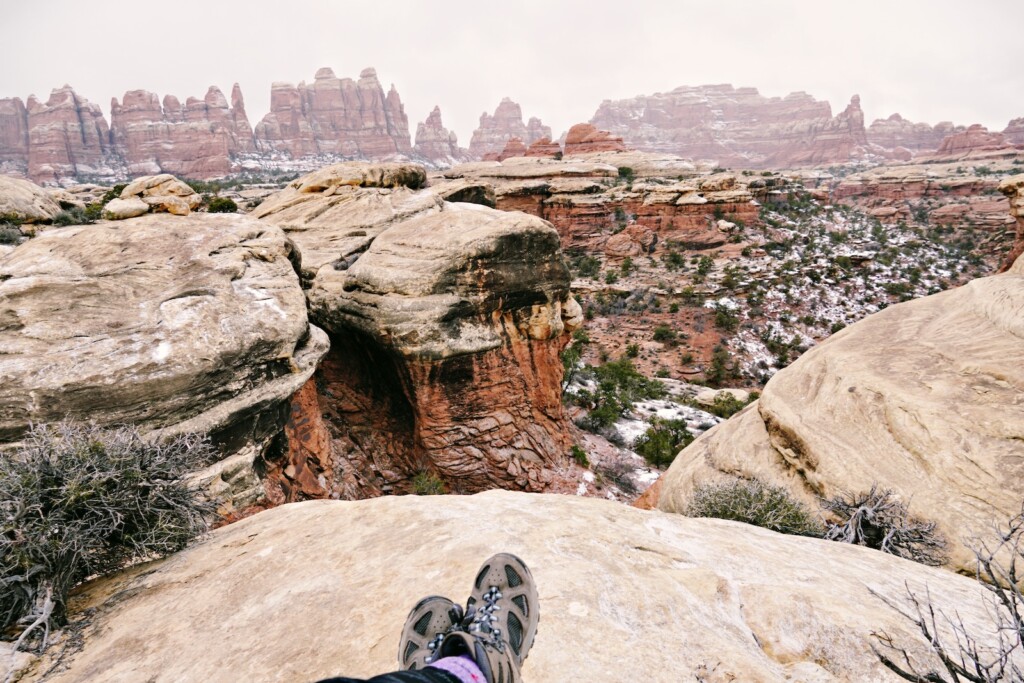
People have been making use of the antlers shed by deer, elk and moose for eons. Whether used by primitive tribes as tools or weapons, hung on the walls of mountain cabins and hunting lodges as trophies, or made into elaborate creations sold in high-end furniture stores in places like Jackson Hole, Park City and Aspen, the branch-like bones cast off each year by ungulate animals have become synonymous with life in the west, and used as medicine in some cultures.
Collecting the “sheds,” as they are referred to by collecting enthusiasts, can range from an excuse to get out for a hike, to a full-time, sometimes well-paying occupation.
Hunting for shed antlers can be done year-round, does not require a permit, and there is no limit on how many can be taken. But Bill Bates, Wildlife Section Chief for the Utah Division of Wildlife Resources, says they strongly encourage collectors to take certification courses offered online.
“It is an orientation course that talks about how to go about [collecting sheds] in an ethical way,” said Bates. “We don’t want people out harassing the wildlife, particularly in the early spring and late winter when the animals, especially the Mule Deer, are low on fat and energy reserves.”
The above average snow depths and unusually cold temperatures during the last winter caused officials to take the unusual step of closing public lands in all counties to shed gathering until April 15th of this year. Deer, elk, and moose typically shed antlers in the late winter and early spring, so hunting the sheds tends to be concentrated during that time.
Cache Valley resident, Steve Sorensen, of Great Basin Antler Buyers, is one of the many shed-hunting enthusiasts who turned their hobby to a business. Like many shed hunters, Sorensen was also a game hunter who would find sheds while hunting, and he began collecting them for his own use.
“I started getting too many of them piled up in my basement and barn, so I started making things with them like chandlers and chairs. I grew the crafting business and used what I had and then started buying them from other people. Now buying and reselling them is my business,” said Sorensen.
The market for shed antlers goes beyond crafting them into items to grace ski lodges and homes. They are used as dog chews, and a huge portion are exported to China for use in traditional medicine.
“The medicinal use of antlers goes back thousands of years,” said Sorensen. “They are used mostly in the treatment of arthritis and joint problems.”
 Antlers are bone that include marrow, which is the portion of the antler prized in Chinese traditional medicine.
Antlers are bone that include marrow, which is the portion of the antler prized in Chinese traditional medicine.
Sorensen says prices for antlers fluctuate greatly, and recently, shed antlers with marrow that has not dried are worth more. A quick online search found prices ranging from $10 to $14 a pound.
“I’d found a good size elk antler and thought I’d try and do something with it, but eventually I sold it for about $145,” said Holst. “I know plenty of guys who do it (shed hunting) for a living and make good money from it.”
Sorensen agreed, saying that today it is rare to find sheds that have been left out more than a year. As with any valuable commodity, Sorensen said theft has become an issue, noting that some of the collectors he deals who have antlers stockpiled have dealt with robberies.
“Since I know a lot of the people who sell, if they have had things stolen and someone shows up to sell and doesn’t know what they are doing, I’ll report them,” says Sorensen. “I’ve helped prosecute nine people here in Cache Valley for stealing sheds.”
While the sheds are used as dog chews, a growing number of shed hunters have trained dogs to aid in finding the antlers.
As for Holt, he says collecting sheds will remain a hobby and an enjoyable way to spend time in the outdoors he loves.
“I do travel to hunt for sheds. I’ve been to Arizona and Nevada recently, but in the end, I just enjoy the hike and finding the sheds is a bonus.”


